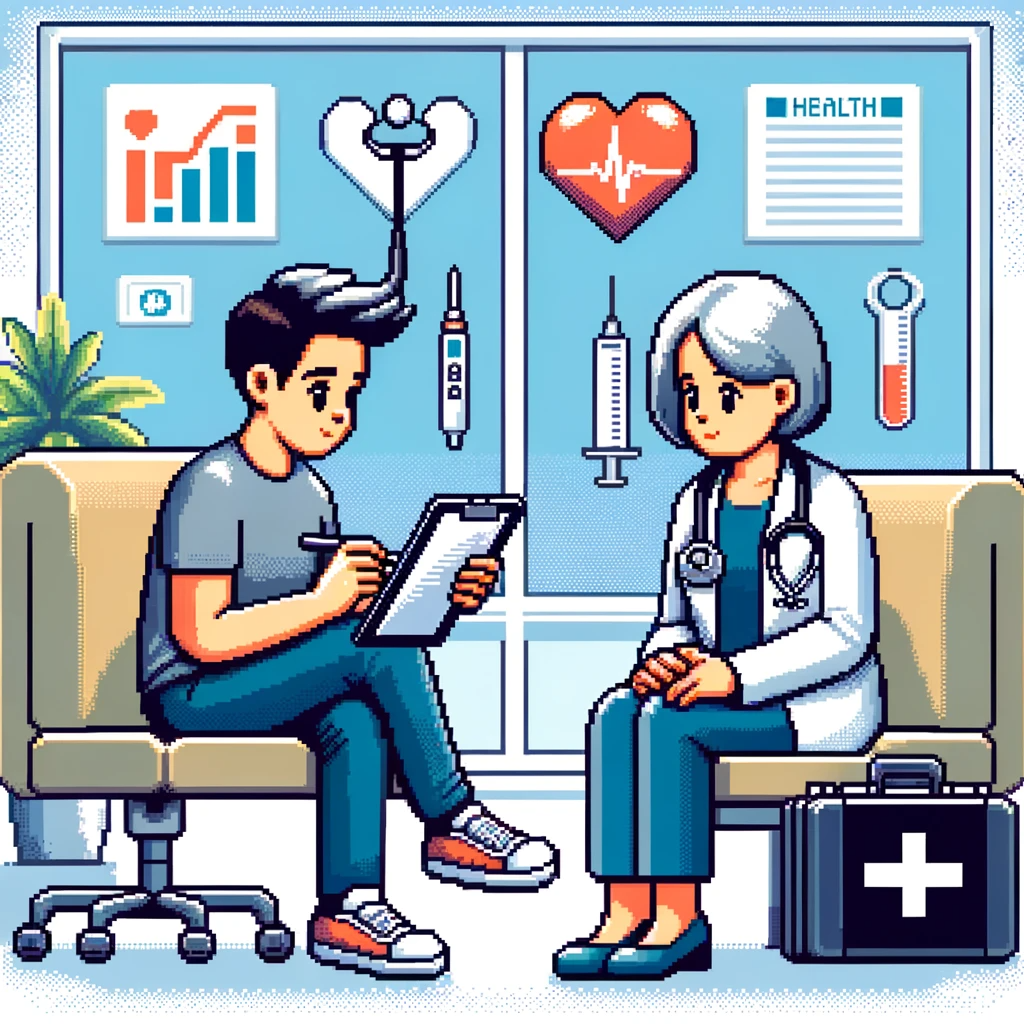
Understanding the Role of Patient-Reported Outcome Measures in Value-Based Healthcare: A Scoping Review
In healthcare, the shift towards patient-centered care has gained significant momentum. A pivotal aspect of this transformation is the incorporation of Patient Reported Outcome Measures (PROMs) in Value-Based Healthcare (VBHC) programs. The article, “The implementation, use and impact of patient reported outcome measures in value-based healthcare programmes: A scoping review” by Silveira Bianchim et al., provides a comprehensive insight into how PROMs are being used in these programs. Let’s dive into the implications of this study for public health practice.
What are PROMs?
PROMs are surveys completed by patients to measure their perceptions of their health status. These measures capture the patient’s voice in healthcare, focusing on outcomes like quality of life, symptom severity, and mental health. In VBHC, PROMs aim to align healthcare delivery with what truly matters to patients, moving beyond traditional clinical metrics.
Key Findings of the Study
The study analyzed 43 diverse research papers involving over 60,000 participants to understand the use, implementation, and impact of PROMs. Here are the key takeaways:
- Potential Benefits: PROMs have the potential to enhance patient satisfaction, improve self-management, and better health outcomes.
- Implementation Challenges: Despite their potential, the actual implementation of PROMs often faces hurdles, leading to suboptimal outcomes.
- Communication Gap: There is a need for better communication with patients regarding the purpose of PROMs and how they can be effectively utilized.
- Limited Evidence: While the promise of PROMs is acknowledged, robust evidence of their effectiveness in improving health outcomes is still limited.
Implications for Public Health Practice
1. Enhancing Patient-Centered Care:
- Empowering Patients: By integrating PROMs into care, patients can actively participate in their healthcare decisions, leading to more personalized care.
- Improving Communication: Healthcare providers can use PROMs to understand patient concerns better, leading to more effective consultations.
2. Overcoming Implementation Barriers:
- Education and Training: Clinicians and patients must be educated on the value and use of PROMs to maximize their potential.
- Streamlining Processes: Addressing the technological and administrative challenges in implementing PROMs can lead to more efficient healthcare delivery.
3. Guiding Healthcare Policy:
- Informing Decision Making: PROMs data can help policymakers understand patient needs better, leading to more patient-centric health policies.
- Resource Allocation: Insights from PROMs can guide where resources are most needed, ensuring efficient healthcare spending.
Conclusion
PROMs in VBHC are a promising tool for enhancing patient-centric care. However, their full potential is yet to be realized due to various implementation challenges. Future research should focus on optimal implementation strategies, better understanding of patient and clinician needs, and the role of PROMs in diverse healthcare settings.
Join the Vanguard of Public Health Today!
Are you ready to be at the forefront of health advocacy and research? ‘This Week in Public Health’ brings you weekly insights and updates that matter most. From breakthrough research to groundbreaking community initiatives, our newsletter is your ticket to staying ahead in the rapidly evolving world of public health. Subscribe for free and be part of the change you wish to see!”



